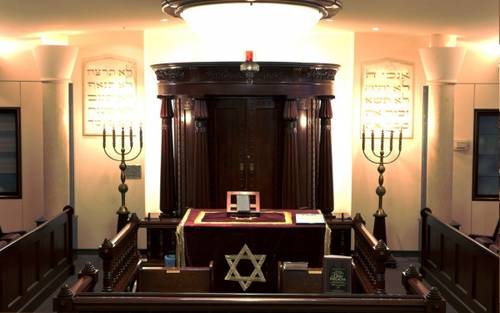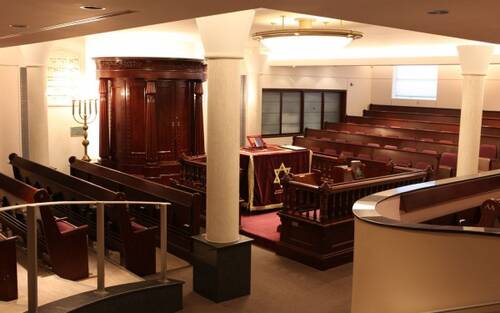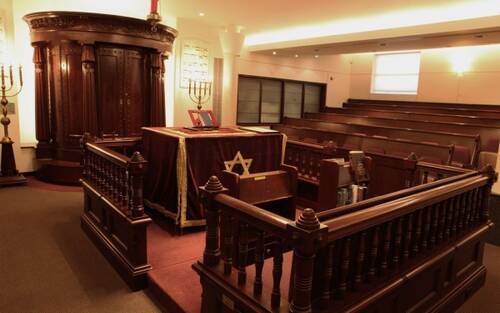Bonjour / Hello [nickname_else_first_name],
Table of contents
1) Perashat Hashavoua - Rabbi Eli Mansour
2) Halakhat Hashavoua (Halakhot related to day to day life) - Hazzan David Azerad
- Ne'ila Peninei Halacha
3) Holy Jokes!
4) FOR KIDS!
Yom Kippur (/ˌjɒm kɪˈpʊər, ˌjɔːm ˈkɪpər, ˌjoʊm-/ YOM kip-OOR, YAWM KIP-ər, YOHM-;[1] Hebrew: יוֹם כִּפּוּר Yōm Kīppūr [ˈjom kiˈpuʁ], lit. 'Day of Atonement') is the holiest day of the year in Judaism[2][3][4]. It occurs annually on the 10th of Tishrei,[5] corresponding to a date in late September or early October.
For traditional Jewish people, it is primarily centered on atonement and repentance. The day's main observances consist of full fasting and asceticism, both accompanied by extended prayer services (usually at synagogue) and sin confessions. Many Jewish denominations, such as Reconstructionist Judaism (vs. Reform, Conservative, Orthodox, etc.), focus less on sins and more on one’s goals and accomplishments and setting yearly intentions.
Alongside the related holiday of Rosh HaShanah, Yom Kippur is one of the two components of the High Holy Days of Judaism. It is also the last of the Ten Days of Repentance.
-WIkipedia
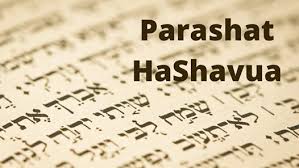
This Week's Parasha Insight with Rabbi Eli Mansour
Yom Kippur and Rehab
The Hida (Rav Haim Yosef David Azulai, 1724-1806), in one of his discourses for Shabbat Shuba, recorded in his work Debarim Ahadim (#20), shows that the Aseret Yemeh Teshuba – the Ten Days of Repentance from Rosh Hashanah through Yom Kippur – correspond to the Ten Commandments. This special period, when G-d’s hand is outstretched, lovingly inviting us to return to Him and perform Teshuba, were given to us in the merit of our acceptance of the Ten Commandments, which encapsulate all 613 Misvot.
According to this correspondence, the Hida observes, the final day of the Aseret Yemeh Teshuba – Yom Kippur – corresponds to the final of the Ten Commandments – the prohibition of "Lo Tahmod" ("You shall not covet"). Yom Kippur, the most special day of the year, the day of unparalleled sanctity and closeness to Hashem, is associated specifically with "Lo Tahmod," the prohibition against jealousy and competitiveness.
How do we explain this connection? Why is Yom Kippur linked to "Lo Tahmod," as opposed to any of the other Misvot in the Torah?
To understand this connection, we need to understand the difference between bad habits, and addictions. Bad habits can be broken with relative ease. We all have bad habits, and we all occasionally make wrong decisions, and these can be corrected. It is not always easy, but it is not exceedingly difficult, either. We can introduce changes to our lifestyle, or just live with a greater awareness, in order to break these tendencies. Addictions, however, are so destructive precisely because they are so difficult to break. A conscious decision to change does not suffice to break an addiction. An addict needs rehab in order to break the addiction.
A similar distinction exists in the realm of spiritual ills. All sins are, of course, bad. But some destroy a person’s spiritual life altogether, because they consume a person and become like addictions. This is taught to us by the Mishna in Pirkeh Abot (4:21), which warns, "Ha’kin’a Ve’hata’ava Ve’ha’kabod Mosi’in Et Ha’adam Min Ha’olam" – "Jealousy, desire and honor bring a person out of this world." These characteristics are not only wrong, but terribly addictive and destructive. They consume a person like an addiction, leading him to act irrationally to his own detriment in his quest to compete with others, or in his pursuit of pleasure or prestige.
The Hida explains that a preoccupation with materialism is particularly injurious. When a person feels he needs to "keep up," to buy more and more, he ends up forgetting Hashem. We might consider an analogy to a person trying to listen to two different voices. If one is amplified, he cannot hear the other. Similarly, if a person "amplifies" his pursuit of material delights, then he cannot pay attention to spirituality.
And this, the Hida writes, is the purpose of Yom Kippur. We might say that Yom Kippur serves as our "rehab," as the time to "detox" our beings from our pursuit of luxury and physical comforts. This occasion is linked to "Lo Tahmod" because it is the time when we reverse this destructive tendency to excessively desire, crave, consume and indulge. We go to the opposite extreme, withdrawing entirely from physical enjoyment, and devoting ourselves exclusively on spirituality. This is our "rehab" session to recalibrate our beings, to restore our balance, to ensure that we moderate our indulgence in physical and material delights so we can devote ourselves to Hashem.
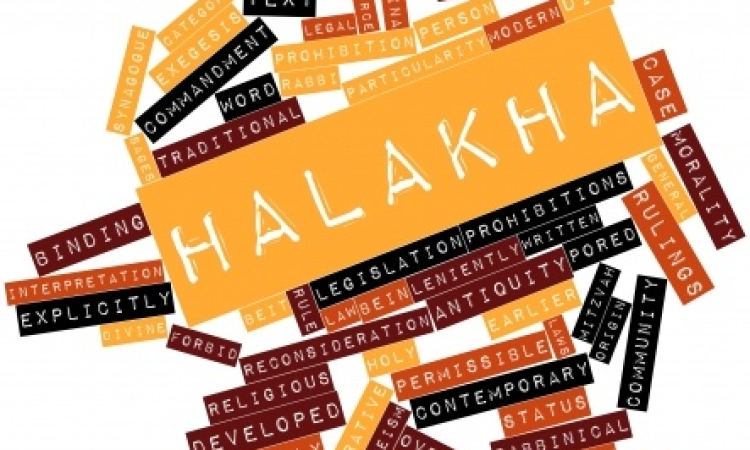
Ne'ila Peninei Halacha
The Sages instituted an extra prayer service near the end of the fast, for all who increase their prayers will be answered. If we have not managed to be answered through the regular prayers, perhaps an additional prayer will be answered. This service is called Ne’ila because it is recited when the gates of the Sanctuary were locked (ne’ulim) after the day’s avoda. The “locking of the gates” also corresponds to the closing of the gates of heaven. At the end of the day, the sanctity of Yom Kippur recedes, and the gates of heaven, which were open to those who knocked through repentance, are locked.
The time of Ne’ila is when the sun can be seen in the treetops in the west, approximately forty minutes before sunset. Those who wish to begin as much as an hour before sunset may do so. The ḥazan must time his prayers so that Birkat Kohanim can be completed before sunset (as explained in the previous section).
Even though the gates of the Sanctuary were locked at sunset, the gates of heaven are locked only at the end of the day, after all light has vanished. Therefore, we continue reciting prayers and supplications until tzeit. A ḥazan who extends Ne’ila past tzeit is not to be reprimanded.
The Ne’ila prayers differ from all other prayers recited during the Days of Awe; wherever we ask to be “inscribed” for good, we now ask to be “sealed,” because now, at the end of Yom Kippur, our verdicts are being sealed. Nevertheless, someone who accidentally invoked “inscribing” instead of “sealing” need not repeat the prayer.
One should marshal all his strength for Ne’ila, for Yom Kippur is the culmination of the Ten Days of Repentance, and Ne’ila is the culmination of Yom Kippur. Everything leads up to the final verdict, so if not now, when? Therefore, even someone weak from fasting should summon his strength to pray with clear and pure focus, to resolve to repent and to increase his Torah study and mitzva observance (MB 623:3). Because Ne’ila is so important, it is customary to leave the ark open from the beginning of the repetition of the Amida until the Kaddish after the service (Mateh Ephraim 623:7).
Bevirkat Shabbat Shalom Umevorach
Tzom Kal
David Azerad
3) HOLY JoKeS!!
Selection of funny snippets, loosely related to this weeks parashah or current events, to brighten your day



4) FOR KIDS
Click on the image to open the youtube video



